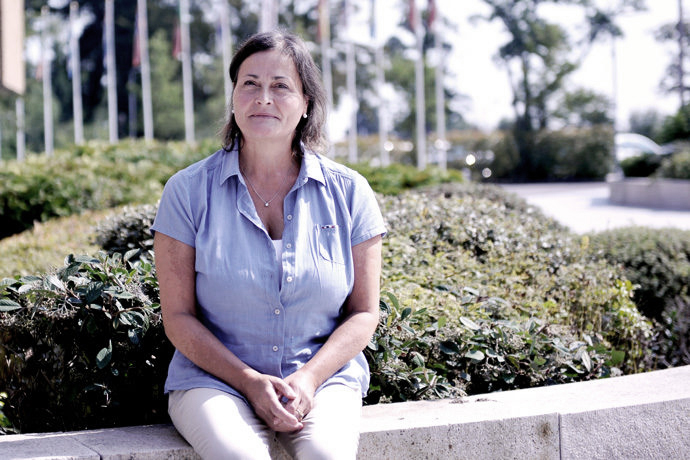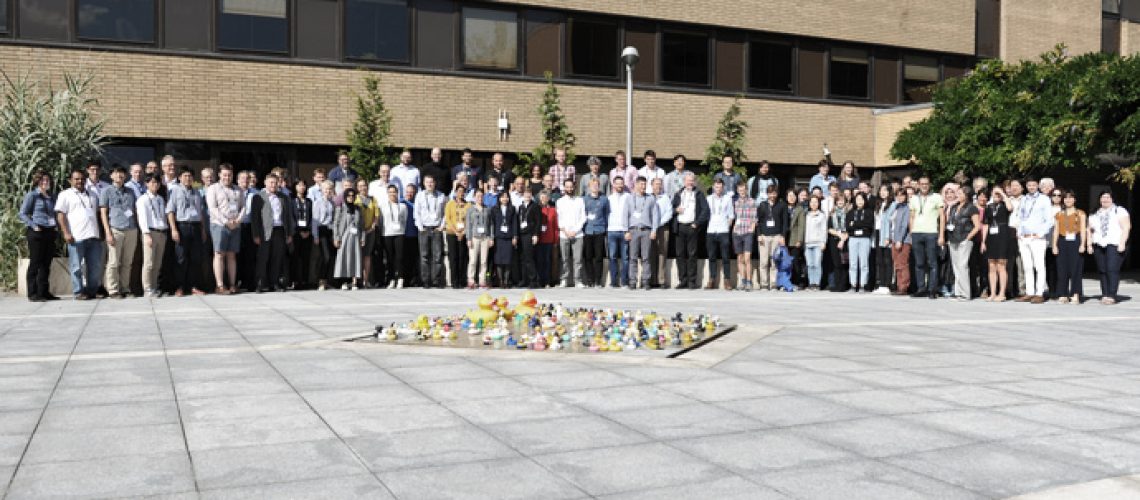The ECMWF Annual Seminar, held in Reading (UK) from 2 to 5 of September 2019, showcased the recent progress and prospects in sub-seasonal and seasonal forecasting.
This year’s ECMWF Annual Seminar, the flagship of the ECMWF’s calendar, reviewed recent advances in our understanding of the predictability at subseasonal and seasonal scales. Participants discussed current forecasting capabilities and new but proved results from numerical experimentation and exploitation of public data bases. It was also window into emerging advances related to data exploration, forecast products and predictability drivers, which will shape the future of unified forecasting systems.
The seminar is part of ECMWF’s educational programme and was aimed at young scientists, but also more established scientists interested in subseasonal and seasonal forecasting. One of the organisers, Laura Ferranti, partner of the CAFE project and an expert with decades of knowledge on the field, talked about the focus of his work and the topics presented during the seminar.

“A lot of progress has been made as part of the WMO’s Sub-seasonal to Seasonal (S2S) Prediction Project’’ explained Ferranti, ‘’more and more institutions have begun to produce S2S forecasts operationally; and demand from users interested in seamless predictions from minutes to months ahead is growing.”
Seasonal forecasts (more than two months ahead) began to be produced as a pilot project at ECMWF from the late nineties, while sub-seasonal forecasts only followed in 2004, as a spin-off from seasonal forecasting to cover the then called predictability desert.
Although the expected developments and predictability drivers diverge between the subseasonal and seasonal scales, forecast at these time ranges is a mixture of early and frontier problems. Sub-seasonal and seasonal predictions act as a bridge between weather and climate.
A particular concern at the sub-seasonal range is the ability to predict high-impact, large-scale and long-lived weather events, such as cold spells or heatwaves.
“That’s an ambitious goal, but we are making progress’’ said Ferranti. ‘’Tests have shown that an experimental product to predict cold spells in Europe has useful skill up to two and a half weeks ahead.”

